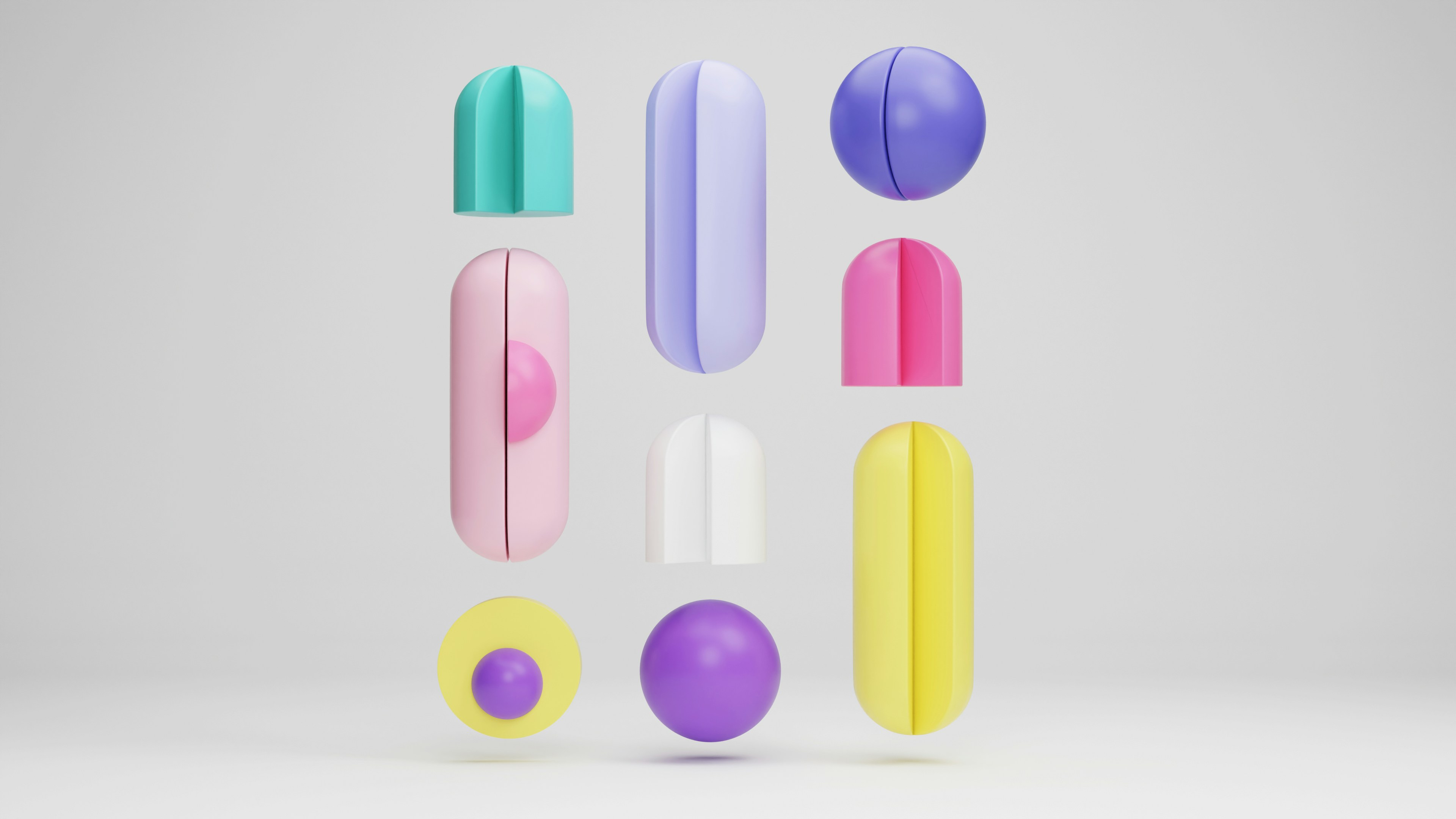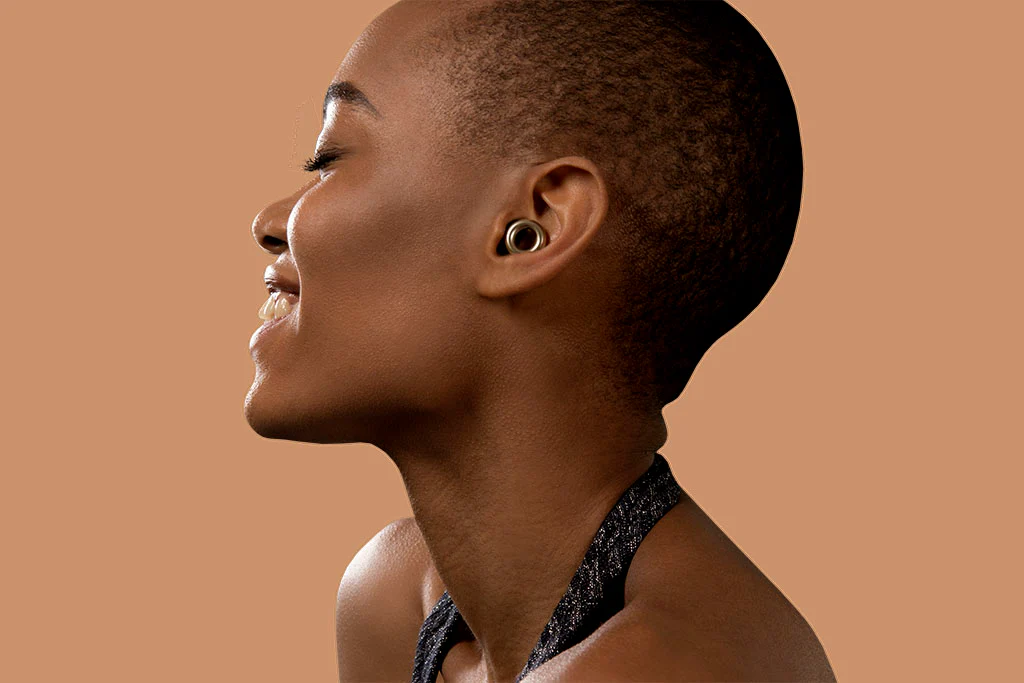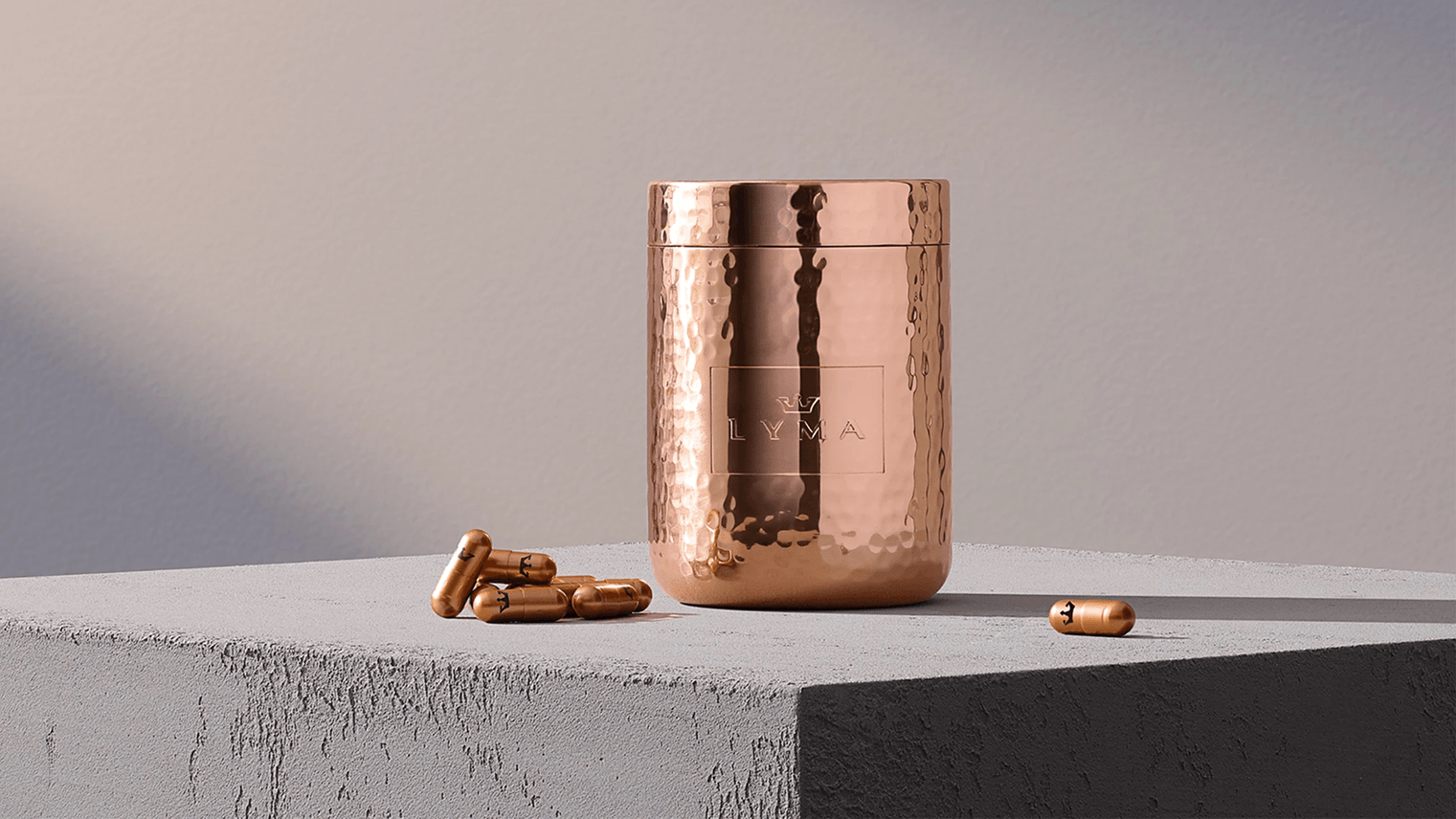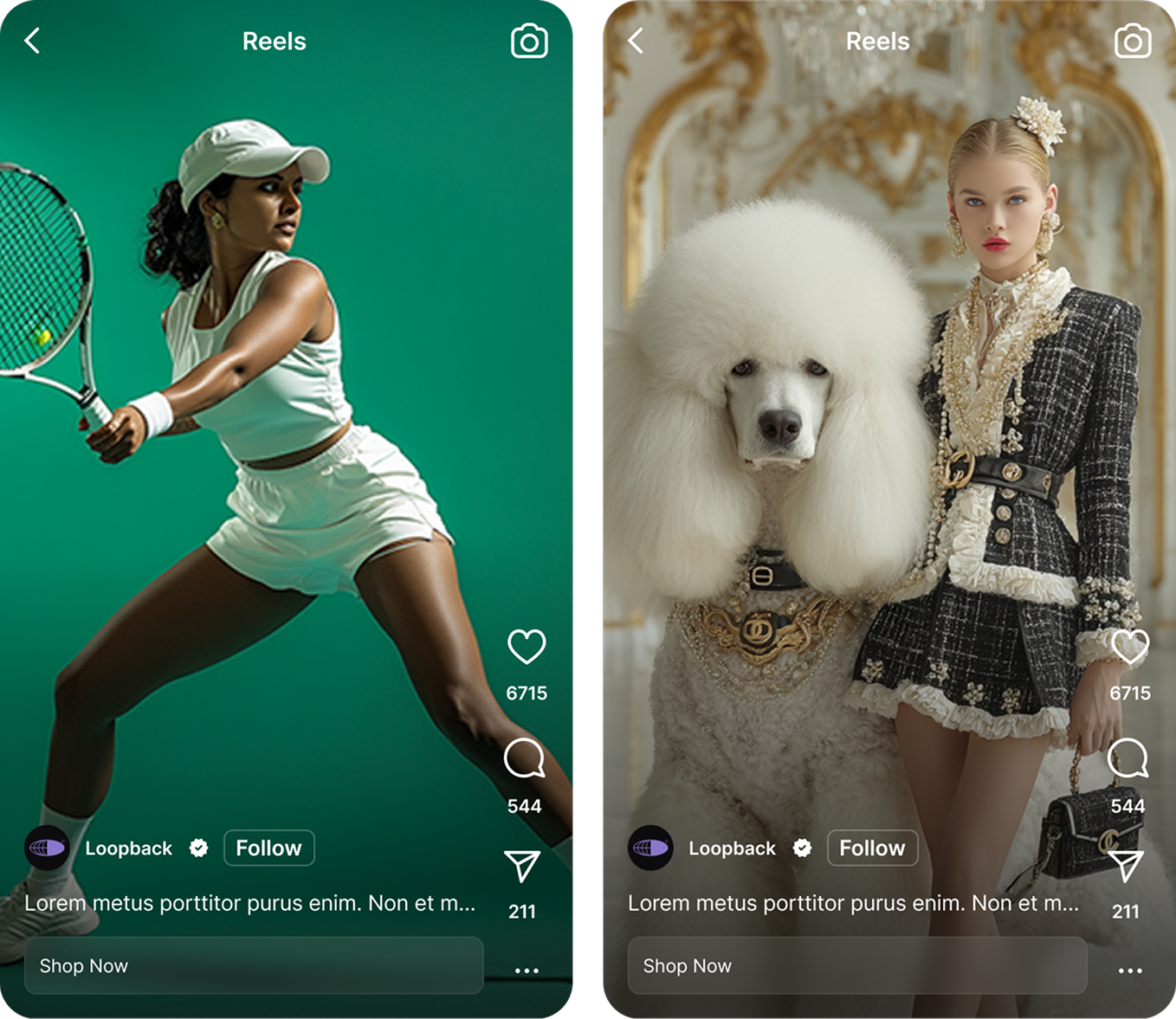Creator Ads vs. Brand Ads: The Real CPM, CTR, and ROAS Data

Why This Comparison Matters
For years, creative teams and performance marketers have lived on opposite sides of the ad spectrum.
- The brand side spends weeks crafting glossy, high-budget campaigns that look perfect in a boardroom presentation.
- The creator side ships 15-second clips filmed on iPhones that feel spontaneous, imperfect, and yet somehow outperform everything else.
Both camps claim victory. Only one has the numbers to back it up.
Across 1,200+ Cirqle-powered campaigns between 2023 and 2025, spanning categories like beauty, fashion, wellness, and consumer tech, the results are conclusive:
“Creator ads systematically outperform brand ads across every key metric: CPM, CTR, and ROAS.”
This isn’t a coincidence or a temporary trend. It’s structural. Creator-made ads sit at the intersection of trust, speed, and algorithmic fit: three levers that determine paid social efficiency. Brand ads, meanwhile, were built for an era of controlled storytelling, not for the chaos and speed of modern performance media.
The data proves it. The platforms reward it. And the smartest DTC teams have already made the shift.
The Data: Creator Ads vs. Brand Ads
When you analyze thousands of paid social campaigns, the pattern becomes impossible to ignore. Across Meta, TikTok, and YouTube, creator-made ads aren’t just competitive, they’re dominant.
They cost less to run, drive higher engagement, convert faster, and stay effective for longer. Here’s what the data from The Cirqle’s internal benchmark - covering over 1,200 DTC campaigns across Europe and North America (2023–2025) reveals:
Source: The Cirqle’s Data Index, Q1 2023 – Q2 2025, covering fashion, beauty, wellness, and consumer tech.
What the Numbers Really Say
CPM: Platform Efficiency, Not Magic
Creator ads routinely deliver CPMs 30–40% lower than brand ads. That’s not because of luck - it’s because of algorithmic alignment. Meta and TikTok reward ads that behave like organic content. Creator posts generate longer watch time, better retention, and higher interaction signals, so the system naturally lowers delivery costs.
CTR: The Scroll-Stopper Effect
CTR on creator ads more than doubles that of studio assets. Why? Because they blend in. Creator ads don’t feel like ads, they feel like content your audience actually wants to engage with. That scroll-stop moment is the new currency of performance.
ROAS: The Compounding Advantage
The average creator ad on The Cirqle delivers between 4.4× and 6.7× ROAS, compared to 1.8–2.0× for studio content. The delta comes from the combination of lower CPMs + higher CTR + stronger conversion trust signals. Once amplified through Partnership Ads, those gains scale exponentially.
Lifespan: From 10 Days to 45 Days of Performance
Traditional ads decay fast. Creator ads (when amplified correctly) remain efficient for weeks. They can be re-launched under new audiences, re-licensed, and even repurposed across markets. The result: 4–5× more value per creative produced.
The Takeaway
Creator ads aren’t just a cheaper format. They’re a fundamentally better-performing one. They convert because they look real, not rehearsed. They scale because they can be turned into Partnership Ads instantly. And they compound because they’re built on first-party performance data from The Cirqle, not vanity metrics.
Why Creator Ads Outperform: The Science Behind the Gap
The performance gap between creator ads and brand ads isn’t a coincidence - it’s built into how modern advertising ecosystems work. Platforms like Meta and TikTok no longer reward the most polished creative. They reward what keeps users watching, clicking, and engaging.
Creator ads outperform because they operate at the intersection of authenticity, algorithmic compatibility, and speed. The combination makes them both more efficient and more durable than traditional brand campaigns.
Authenticity Drives Conversion
Creator ads work because they feel human. They’re not meticulously lit or scripted; they reflect how people actually discover and talk about products. That sense of familiarity reduces friction and increases trust - the two biggest levers for conversion. In Cirqle’s dataset, ads featuring creators speaking directly to camera - without brand overlays or heavy post-production - achieved 29% longer watch times and 2.3× higher CTRs than studio equivalents. When consumers are overwhelmed by polished Black Friday visuals, they gravitate to what feels credible, not what looks expensive.
Algorithms Reward Native Behavior
Meta’s and TikTok’s ad delivery systems are built to optimize for engagement quality, not just spend. Content that mimics native, organic behavior receives lower CPMs and extended reach. Creator ads inherently fit that mold: vertical format, fast pacing, conversational tone, and social-first structure. They produce stronger “relevance signals” - longer dwell times, comments, and replays - which in turn reduce media costs.
This explains why creator ads on Cirqle’s platform average 37% lower CPMs than brand campaigns, even before any budget optimization takes place.
Production Speed Beats Production Value
In eCommerce, timing often matters more than polish. Traditional studio ads can take four to six weeks to brief, shoot, edit, and approve. By the time they launch, market conditions or creative trends may already have shifted. Creator ads, by contrast, can go from concept to live within a week. When coupled with The Cirqle’s automated approval workflows and Turn Into Ads flow, that timeline shrinks to hours. That speed allows performance teams to react in real time - launching new variants, testing hooks, and capitalizing on momentum while it still converts. In high-velocity periods like Black Friday, this agility is a measurable competitive advantage.
Data Feedback Compounds Performance
Perhaps the most overlooked reason creator ads outperform is how data compounds.
When every ad is tied to a specific creator ID, audience, and sales record, performance insights don’t disappear when a campaign ends - they build over time. Through Cirqle’s first-party integrations with Meta, TikTok, and Shopify, brands can see which creators drive the strongest conversion lift, the most efficient CPA, and the highest lifetime value. Each campaign refines the next, creating a feedback loop that gets smarter with scale.
Brands using Cirqle’s predictive RoAS tagging typically see a 22% reduction in CAC and a 38% uplift in ROAS after three consecutive creator campaigns - a direct result of data compounding rather than one-off creative wins.
In Summary
Creator ads outperform because they align with how people actually consume media and how algorithms actually distribute it. They feel human, launch faster, cost less, and learn continuously. Studio campaigns still play a critical role in establishing brand identity - but for conversion, efficiency, and repeatability, creator ads have become the new performance standard.
Inside the Campaigns: Three Examples
The strongest evidence for creator ad performance isn’t theoretical, it’s operational.
Across hundreds of campaigns run through The Cirqle, we’ve seen the same pattern: when creator content is integrated into paid media systems and tracked on a first-party basis, efficiency rises sharply.
Below are three representative cases across different verticals that illustrate how the model works in practice.
Loop Earplugs - From Organic Lift to Scalable Performance
Loop Earplugs, one of Europe’s fastest-growing DTC audio-wellness brands, initially relied on organic influencer content for awareness. Engagement was strong, but sales plateaued within days of each post. By shifting to creator-amplified ads through The Cirqle, Loop transformed those one-off moments into measurable, repeatable performance:
- Activated 70 creators across 14 markets with predictive RoAS targeting.
- Invested € 2,700 in paid amplification behind top-performing content.
- Generated € 13,000 in tracked revenue, a 4.8× return.
- Extended the campaign’s lifespan from 24 hours to more than 30 days.
The success stemmed from precision, not volume: the same creators who drove organic engagement also became Loop’s highest-converting media assets once ads were deployed through Turn Into Ads.

Lyma Life - Balancing Brand Equity and Conversion
Luxury wellness brand Lyma Life faced a common dilemma: maintaining a premium aesthetic while achieving measurable sales performance. The Cirqle structured a dual-track approach, studio assets for long-term brand equity, creator ads for immediate revenue impact.
The results validated the hybrid model:
- Brand ads achieved ~1.8× ROAS and strong top-of-funnel awareness.
- Creator ads delivered 5.2× ROAS while lowering CPA by 34%.
- Coordinated creative sequencing produced a 71% brand-recall uplift.
By using The Cirqle’s unified attribution dashboard, Lyma could directly compare both asset types and reallocate spend dynamically toward creator ads without losing visual consistency.

Secret Sales - Turning Data Into a Media Advantage
For marketplace retailer Secret Sales, the challenge wasn’t content; it was selection. The brand worked with hundreds of influencers but lacked a clear view of which ones actually drove purchases.
Using The Cirqle’s predictive RoAS filter and full-funnel sales tracking, Secret Sales shifted from manual creator picks to data-driven performance management. Within six weeks:
- CPA dropped by 19 percent.
- Conversion rate rose by 28 percent.
- Overall ROAS more than tripled.
Creator ads outperformed the brand’s best studio campaigns, while production costs decreased by nearly 70 percent. The company now treats creator content as a persistent media category - with quarterly testing and reinvestment cycles managed entirely through The Cirqle platform.
.jpeg)
What These Cases Have in Common
Across categories and price points, the outcome is consistent:
- Creators drive stronger initial engagement through authenticity.
- Amplification converts that engagement into predictable sales.
- First-party tracking closes the loop between spend and outcome.
The combination turns creator marketing from a brand activity into a performance system, measurable, repeatable, and scalable.
The Economics of Creator Ads
Behind every marketing debate about “authenticity” or “creative quality,” there’s a more important discussion happening inside performance teams: unit economics.
When you compare studio-produced brand ads with creator-generated assets, the financial logic is overwhelming. Creator ads don’t just look different, they behave differently across the entire cost and return structure. The Cirqle’s campaign data shows that brands moving from traditional production to a creator-based model can expect to cut content costs by 60–80%, redeploy that capital into paid amplification, and see total media efficiency improve by more than 3×.
Here’s how the math works.
Comparing Cost Structures
This comparison reflects a consistent pattern across hundreds of DTC campaigns on The Cirqle platform. By lowering the cost of creative production and increasing ad performance, creator campaigns effectively triple the return on every euro spent.
Production Economics: Cost Down, Velocity Up
Studio campaigns are linear. They require creative direction, casting, location, shooting, post-production, and licensing, a six-week process on average. Each new iteration adds cost and time. Creator campaigns are modular. They scale horizontally through multiple creators working in parallel, each generating high-performing assets that can be tested, iterated, and amplified within days.
This not only reduces content costs, but also increases the creative learning rate, every new ad variation produces more performance data that compounds over time.
Brands using The Cirqle’s platform typically produce 4–5× more assets per euro than with traditional production models, while maintaining consistent brand alignment through in-platform content approvals and creative briefs.
Amplification Economics: The Multiplier Effect
Lower production costs mean more budget for amplification; and amplification is where the biggest economic impact occurs.
When creator content is turned into Partnership Ads through The Cirqle, it behaves like a high-performing ad unit:
- Ad runs directly from the creator’s handle, leveraging trust and native engagement.
- Targeting, optimization, and budget control remain with the brand.
- ROAS and conversion data flow directly into Cirqle’s analytics dashboard.
This combination delivers the lowest CAC across all paid social formats. The cost of attention drops, conversion trust rises, and each euro of ad spend delivers a higher incremental return.
The Reinvestment Flywheel
The best-performing DTC brands use these economics to create a self-reinforcing loop:
- Reduce creative cost per asset through creators.
- Reallocate savings to paid amplification.
- Identify top-performing creators and creatives.
- Reinvest in proven performers with predictive RoAS data.
Each iteration improves performance efficiency and compounds learning, what used to be a one-off campaign becomes a predictable acquisition engine.
In Perspective
The shift toward creator-based advertising isn’t just a creative trend, it’s an economic optimization. It allows brands to achieve higher returns, faster speed to market, and more accurate attribution at scale.
As the marginal cost of creative production approaches zero and data-driven amplification continues to rise, creator ads are redefining what media efficiency looks like in 2025. And with The Cirqle’s platform connecting every piece (from creator selection and ad rights to amplification and attribution) this new model is not only viable; it’s inevitable.
Where Studio Ads Still Win
It’s tempting to frame creator ads and brand ads as opposites, as if one must replace the other. The truth is more nuanced. The most sophisticated DTC brands today don’t abandon studio production; they integrate it strategically alongside creator-led content.
Studio assets still play a critical role in defining the emotional foundation of a brand they establish trust, consistency, and recognizability across markets.Creator content, on the other hand, drives velocity, adapting, localizing, and converting that brand story at scale.
Both are essential. They simply serve different purposes within the same performance system.
Studio Ads Win at Storytelling
When a brand launches a new product, enters a new market, or invests in a major campaign moment, high-quality creative still matters. Cinematic storytelling can elevate perception, create emotional association, and strengthen brand equity over time.
Studio ads are particularly effective when:
- A product needs demonstration or education (e.g., complex or technical features).
- A brand must deliver consistency across multiple channels (TV, retail, web, OOH).
- The creative message needs narrative control or compliance approval (finance, medical, or CPG categories).
In these cases, studio production remains the right tool for the job, and often provides the visual anchor around which creator content can orbit.
Creator Ads Win at Conversion
While studio assets establish authority, creator ads convert that authority into action. They meet consumers where they actually are (in the feed) and translate brand narratives into relatable, peer-to-peer recommendations.
The transition from awareness to purchase happens faster when the same brand story is told through multiple voices that audiences already trust. In other words, studio content builds aspiration; creator content delivers proof.
The Hybrid Model: Storytelling Meets Performance
The most advanced brands have stopped thinking in silos. They combine the two formats into a hybrid model, where studio creative sets the direction, and creator ads execute and optimize it continuously.
The workflow often looks like this:
- Studio phase: Develop a master brand narrative and hero creative.
- Creator phase: Activate diverse creators to interpret that narrative in authentic, platform-native ways.
- Performance phase: Test, amplify, and optimize creator content through The Cirqle’s performance infrastructure.
This model keeps the emotional consistency of brand advertising while giving performance marketers the speed, flexibility, and data visibility they need to drive measurable growth.
How The Cirqle Connects Both Worlds
The Cirqle sits at the intersection of these two creative streams.
- Brand teams use it to manage creative rights, content approvals, and safe zones.
- Performance teams use it to launch and measure creator ads with full-funnel attribution.
- Leadership uses it to track unified performance metrics across both paid and organic channels.
The result is a single operating system that connects brand storytelling with performance accountability, the best of both worlds, without the trade-offs.
In Perspective
Studio production builds a brand’s identity. Creator ads build its revenue. The brands that win in 2025 aren’t choosing one side; they’re mastering the orchestration between the two.
Get started with The Cirqle today.
Give your team the power and speed they need to find the right partners and grow your brand.
%201.avif)






